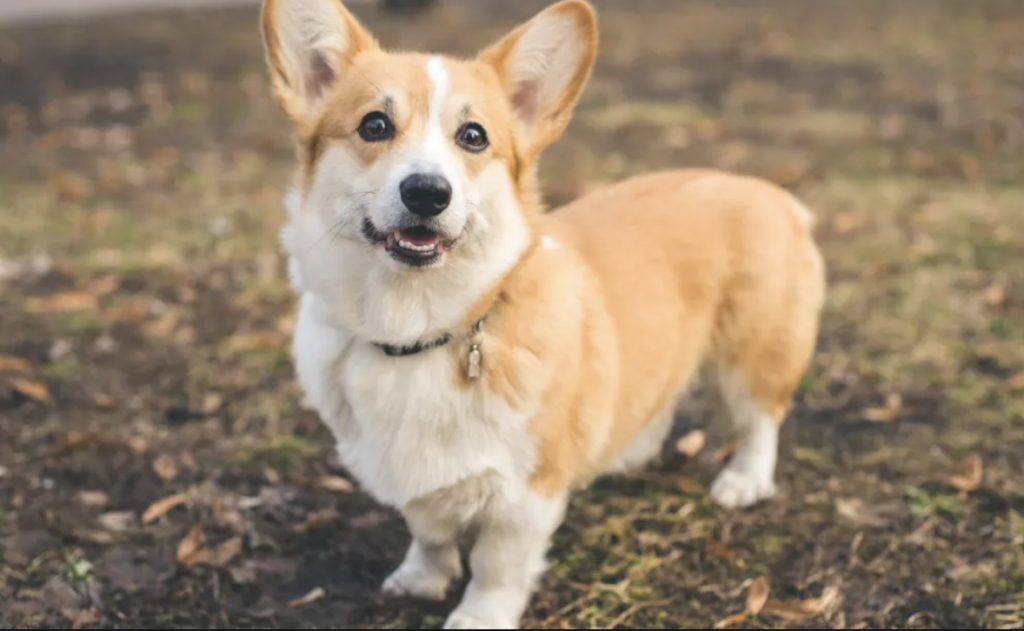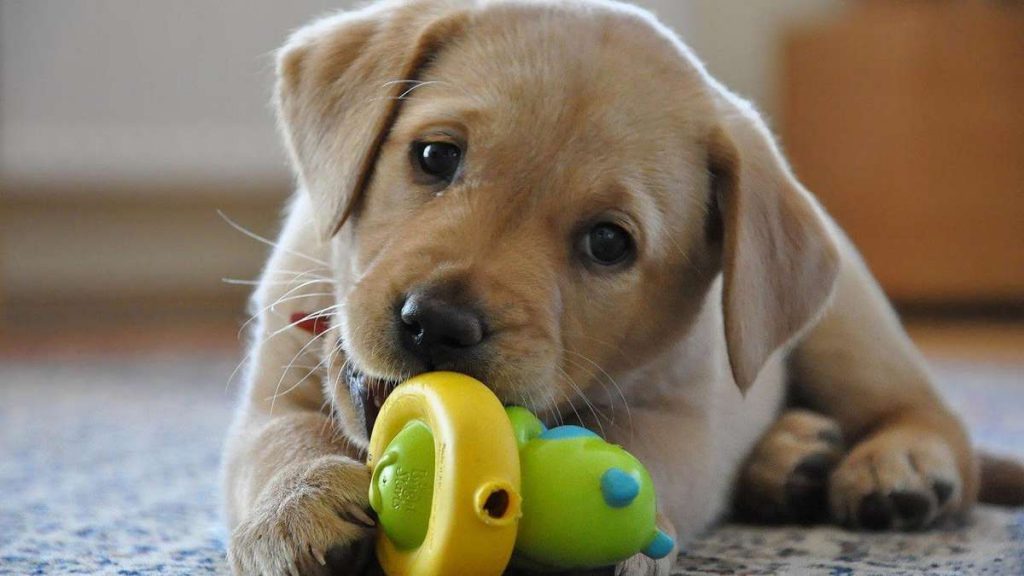How To Ease Your Dog’s Anxiety When Moving To A New Home
- Nathan Richer
- July 1, 2019
- 6:27 pm
- No Comments

This article will teach you how to ease your dog’s anxiety when moving to a new home.
Dog Phobias, Anxieties and Fears
Phobias in dogs happen when they are around a specific situation such as a thunderstorm or fireworks. This can occur every time they are around this situation. Anxiety, on the other hand, is when a dog thinks that a situation may happen, such as separation anxiety when you put your shoes on, take your coat out and get ready to leave.
Fear, on the other hand, is when a dog has an instinct that something bad is about to happen. Their bodies prepare for freeze, fight or flight. This is an instinct in most dogs and a big part of how they survive.
If Your Dog Could Talk

What Should I Watch For?
On the other hand, some dogs show stress by panting or holding their breath. They may drool or tremble. Keep an eye out for the hair on the back of your dog’s neck to stand up. If allowed to progress, there may be stronger symptoms of anxiety.
- Trembling
- Tucked tail
- Withdrawal
- Hiding
- Lower activity levels
- Escape behaviors
- Diarrhea
- Licking
- Biting
- Drooling
How To Prevent Anxiety

Dogs often pick up signs of stress from their human friends, so be sure to be calm around your dog. Along with managing your own stress level, here are some tips on keeping your dog calm:
Pre-Move Visits
Obviously if you are moving quite a distance away from your current home this would not be possible. However, if you are moving nearby, visit your soon-to-be new home as many times as you can with your dog before moving in full time.
Play in the yard with your dog and spend time in the living areas that he will be in most. Reinforce good behavior with treats and love, giving your dog a good feeling when he is in the new house. If you can, have some relaxed time together reading a book or taking a nap as well.
All these activities will not only get your dog used to the sights, sounds and scents of the new home, but they will leave your scent behind as well. When you move, it will not be so foreign.
Patience
Protection
Once you have unpacked and made a living space for your dog complete with feeding station, it can be time to introduce them to their new home for good.
Keep your dog away from the boxes, suitcases and other moving debris that may cause them fear or anxiety.
Routine
Follow walk patterns as far as time of day and length in addition to feeding times. If you have to change certain things because of longer drive times to work, for example, ease into the change if possible.
Once your dog has settled in, new changes will be easier to implement.
Keep the Old Stuff
You may have the urge to buy new toys, a new bed and other new things when you move into your new house. Taking that tired old dog bed with you may not be high on your to-do list, for example.
Before you toss your dog’s old bed, though, consider how it will make him or her feel to have their familiar belongings in their new space. It would be much better on your dog to have tried and true toys, bedding and other things around them that are familiar.
These things are comforting to your dog, so do not leave them behind in favor of new stuff.
Attention, Please!

Even though skipping a walk is the last thing on your mind, anything goes when you are in the middle of a major move. While you may let some things lapse when you are in the middle of a move, commit to spending quality time with your dog daily.
This will boost your dog’s good feelings and mood.
Ease Into Separation
You will have to go out and run errands, go to work and other things right after you move. Life goes on, right?
As far as your dog is concerned, this may be part of your routine. Consider that they are in new surroundings, however, and try your best to reassure your dog that they will be okay when left alone.
As we mentioned, having familiar things around them such as their bed, their favorite toys and other items will help ease their transition. It is a good idea to put off leaving your dog alone as long as you can in the new home, even if it means having a dog sitter or relative stay with them for a bit.
Easing into leaving them alone by making only short trips out is a good next step.
Scent
This may sound comical, but spend time at your dog’s level and leave your scent where he spends the most time; near the floor. Have some playtime on the floor with your dog, which will put him in a good mood and leave your scent to remind him that you are there.
Safety
Beyond keeping your dog calm and reassured, it is also important to keep your dog safe. Earlier, we recommended that you keep your dog away from the activity and chaos of moving day itself.
Not only will this keep them away from any anxiety causing situations, it will also keep them safe from heavy furniture, open doors and windows and other potential dangers to their physical safety.
Make one member of the family responsible for your dog as their first and only job of the day. Keep your dog on a lead or in a safe location and give them time and attention.
When taking your dog into their new outdoor environment for the first time, be sure to let them bond and spend some time in their new space.
Notification
Update your dog’s identification tag and microchip, if they have one, with your new address. Let your vet know that you are moving so that your dog’s health reminders continue to reach you at your new address.
If you are moving to a new location and need a referral, your vet is an excellent resource. You may also find an online directory of vets helpful such as Vetweb.net or Mypet.com.
Before you move, check the law in your new area to see if you need a new license for your dog. Find out what the leash laws are or if there are any breed bans in your new place.
Make sure you have a current photo of your dog in case the worst happens and he or she gets lost.
Explore New Remedies
If you do a search online for ways to calm your dog, you may be overwhelmed by the information you get.
There are methods of all kinds and even prescription drugs. Assuming your dog has proper training, natural remedies that are now on the market can be a blessing for moving day.
There are safe, natural diet supplements on the market that can help ease the stress and anxiety that some pets experience with a move. CBD hemp oil extract supplements are natural and easy to give to your dog before moving day even happens.
Safe and legal, CBD hemp oil extract is easy to give your dog with a drop or two on his tongue or on his food. It is tasteless and contains coconut oil as the carrier in addition to the effective hemp oil extract itself.
Unlike prescription drugs, CBD hemp oil extract has no known side effects. It is perfect to give your dog for weeks before a move to prevent stress and fear from happening.
How does CBD hemp oil work on anxiety?
For a full explanation on CBD hemp oil and how effective it is on dog anxiety, download this free eBook. In this eBook, you will learn about how CBD hemp oil works to make the signals sent by brain cells in your dog normal again.
As an example, imagine the brain and nerve cells as a telephone system. Without CBD hemp oil extract, because of fear and stress, your dog’s telephone system may sound like two cans and a string!
By normalizing this communication and calming your dog with CBD hemp oil extract, they can have a more normal, easy move to their new home.
If you want to learn more about the benefits of CBD Hemp Oil and how it can help relieve the stress of your dog, click HERE.
The COMPLETE Guide to CBD OIL For Your Dog
There is a lot of confusing information on the web about CBD Oil and the impacts it can have on your pet. This is why we created The Ultimate Guide to CBD Oil for Your Pets.
Just put your name and email in the box below and I will send the FREE ebook to you right away!

